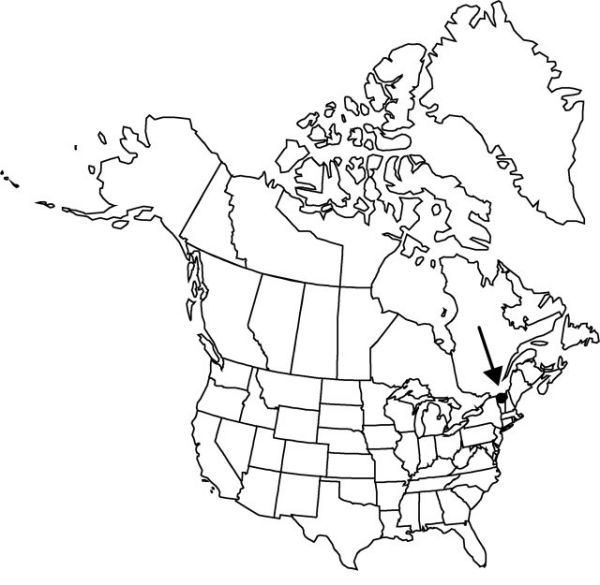Epipactis atrorubens
Prim. Fl. Galiciae Austriac. 2: 220. 1809.
Plants 20–60 (–106) cm, sparsely hairy. Leaves 5–10; blade orbiculate, elliptic, or narrowly lanceolate, 4–10 × 1.5–4.5 cm. Inflorescences lax racemes, usually secund; floral bracts lanceolate, 10–35 mm, often exceeding flowers. Flowers 8–18, dark wine to cranberry red, small; sepals dark wine red, rarely dull rose or greenish abaxially; lateral sepals 6–7 mm; petals similar to sepals in color, ovate, 4–7 × 2–4.5 mm; lip indistinctly veined, 5.5–6.5 mm, constricted at middle into 2 parts, proximal part greenish with red edges, deeply concave, adaxial surface spotted with violet-red or brown, distal part brighter and darker, broadly triangular or transversely elliptic, minutely toothed with small reflexed tip; calli 2, brownish, brighter, darker in color than lip, rugose; column very short, 2–3 mm; anther yellow; pollinia 2 pairs, yellow, mealy; ovary tomentose. Capsules ovoid, 7–9 mm, moderately to densely tomentose. 2n = 40.
Phenology: Flowering Aug.
Habitat: Partial shade in abandoned serpentine/asbestos quarry
Elevation: 700 m
Distribution

Introduced; Vt., Europe, Asia (Iran)
Discussion
Epipactis atrorubens is apparently naturalized in Vermont where a small population persists (P. M. Brown 1997).
Selected References
None.